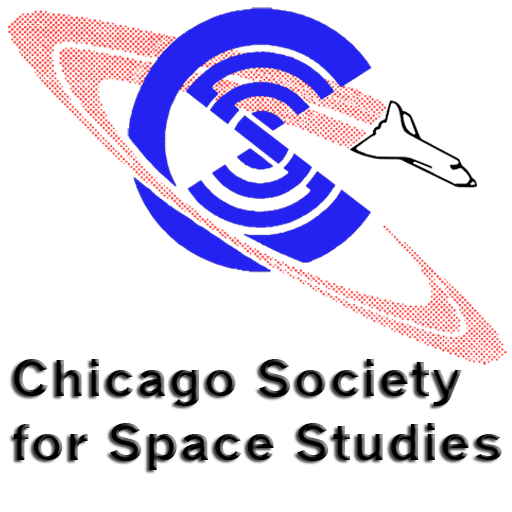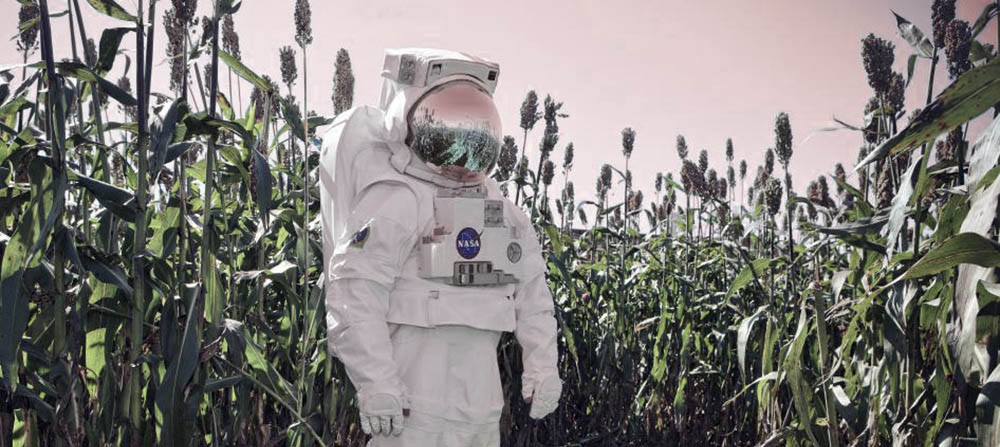Illustration: An astronaut in a field of corn. Original image credit: NASA/Sean Smith
The Netherlands is the second largest exporter of vegetables in the world, and more than half of its land area is used for agriculture with some greenhouse complexes covering 175 acres. However, to retain this leading position, the sector has acknowledged that it needs to keep innovating.
To further reduce waste and environmental impact, an innovative production strategy is being developed to support a circular economy: the circular greenhouse. An alliance of universities have initiated “Mission to Mars”, a program to boost innovation and development of the circular greenhouse by adopting concepts and technologies from space.
Space is inherently focused on circularity because of scarce resources. A good example is the MELiSSA concept of the European Space Agency in which human waste is broken down into nutrients for crops and algae by a series of bioreactors. The crops and algae consequently provide food and oxygen for the crew again. The article What horticulture and space exploration can learn from each other: The Mission to mars initiative in the Netherlands describes this Mission to Mars program, some of its findings, and some future directions.

